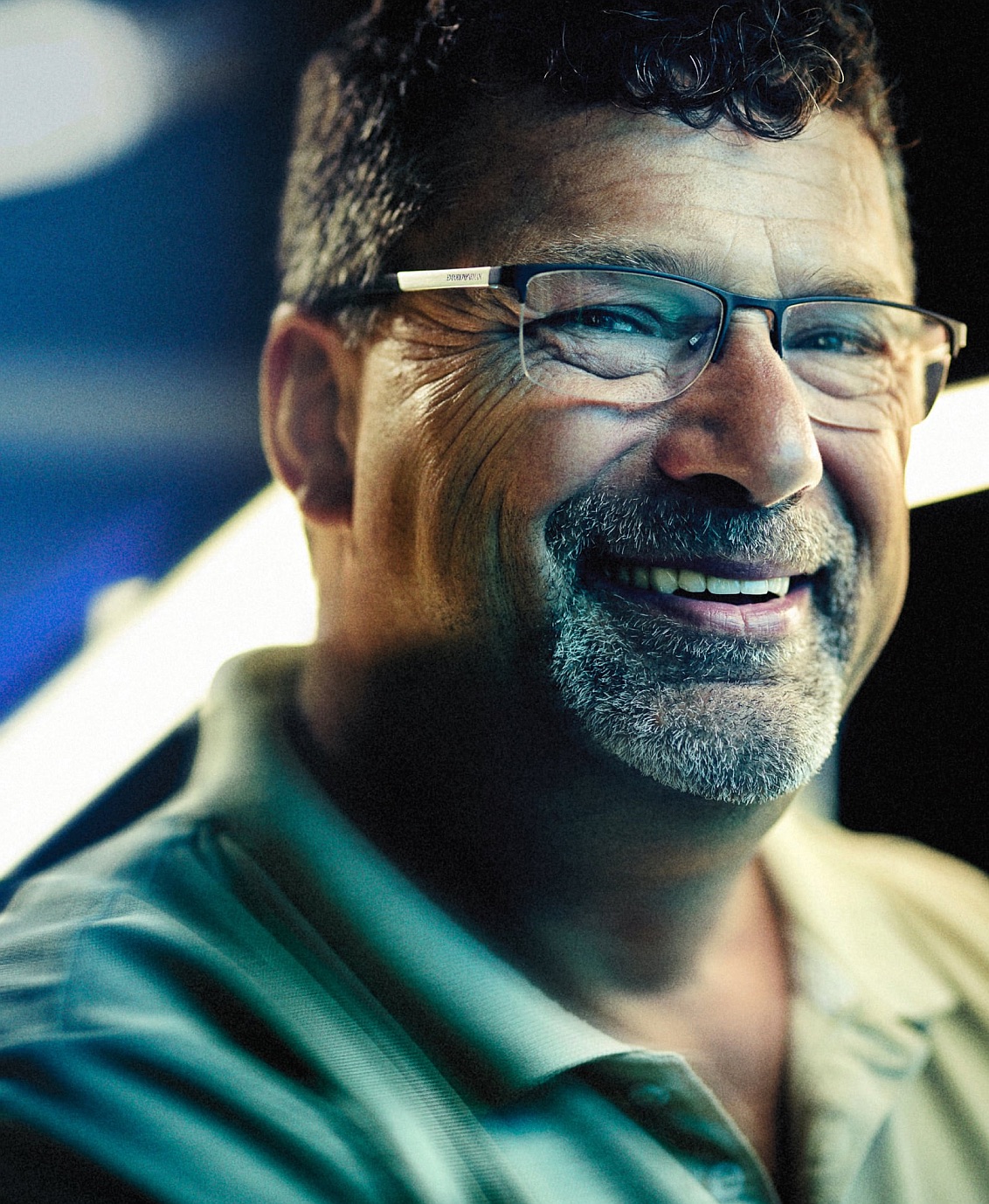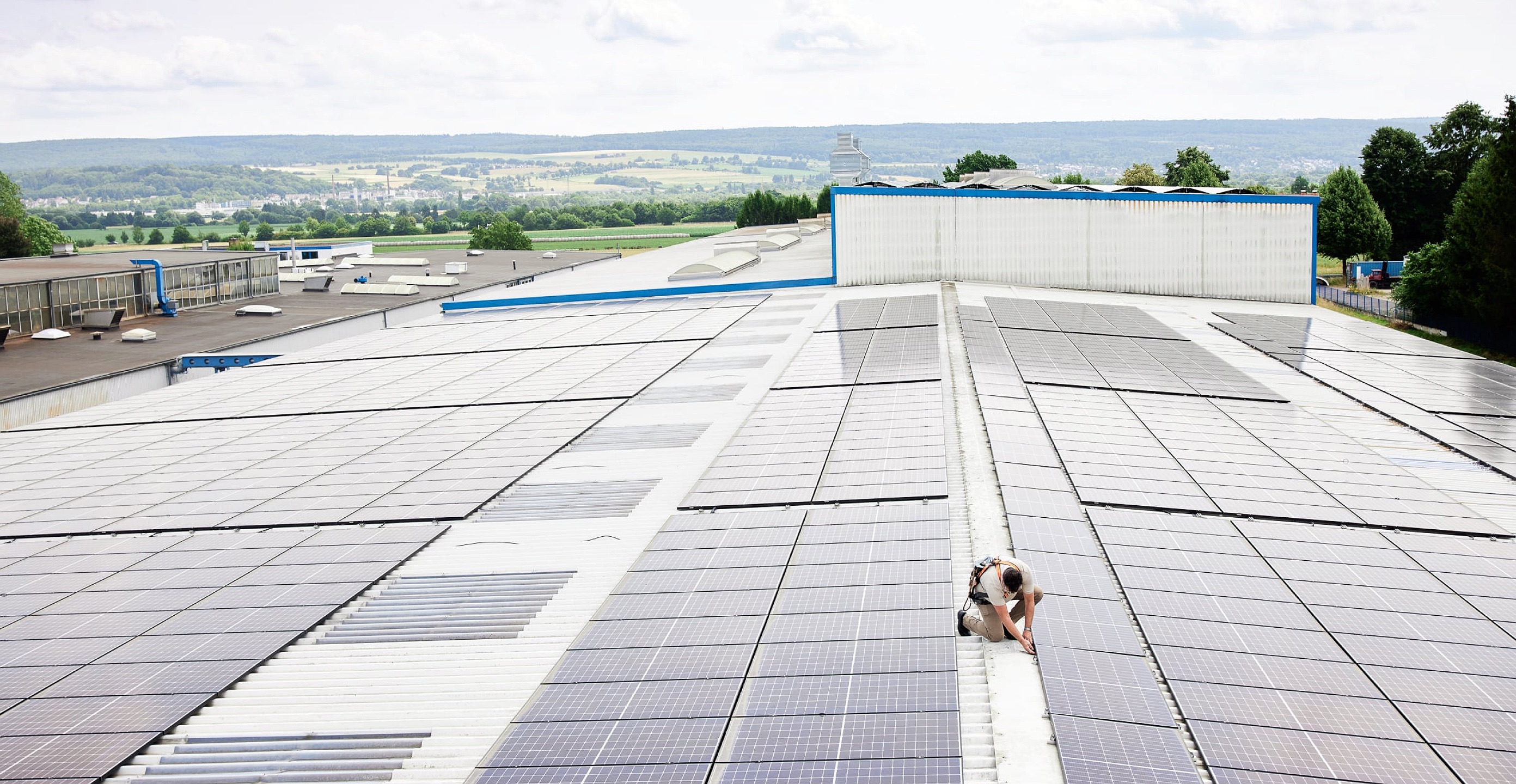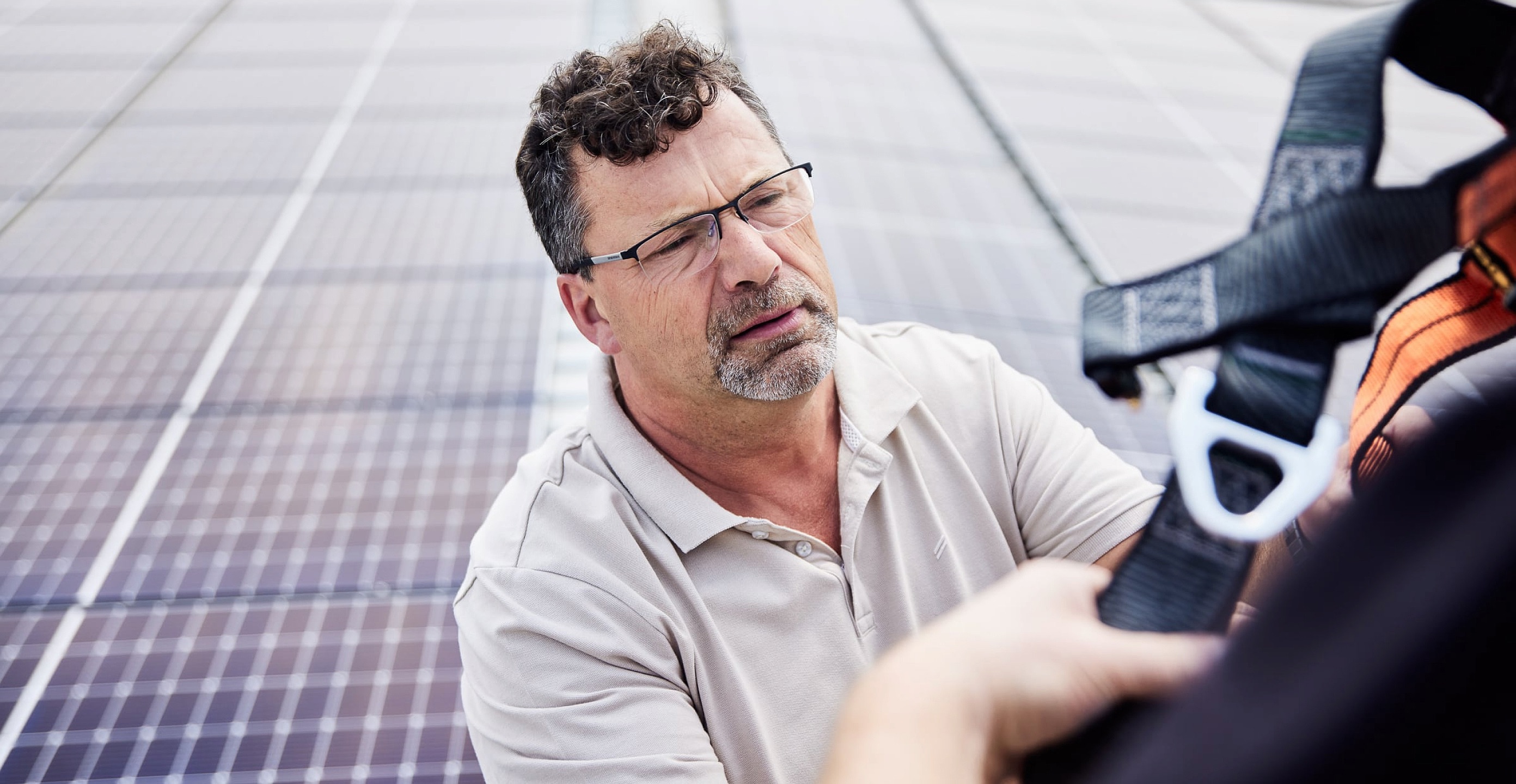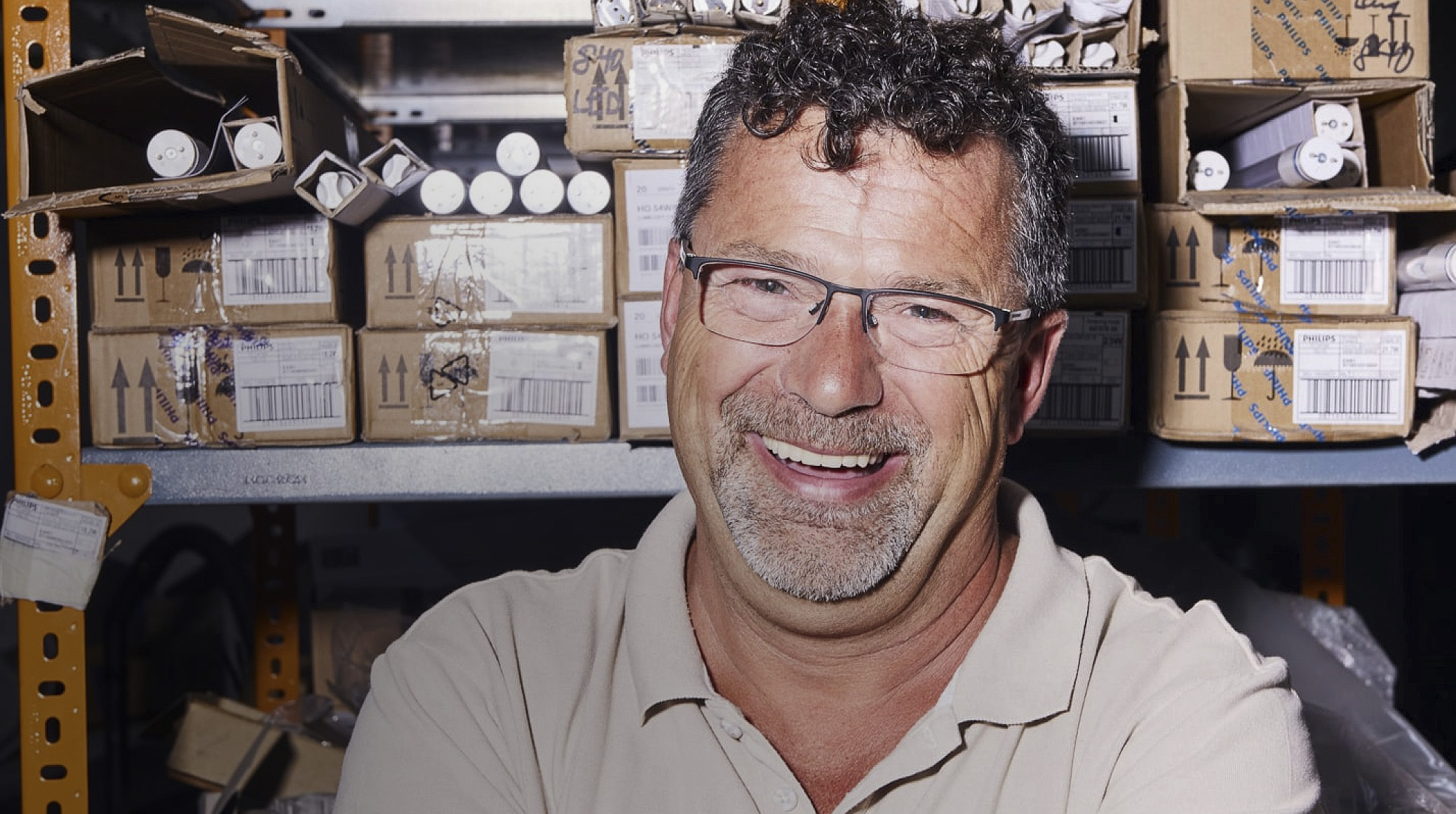What would it be like if you didn’t have to buy in electricity, but could produce all your needs in-house? An interview with Reitz Energy Manager Karl-Heinz Hörnlein.

Karl-Heinz Hörnlein is jointly responsible for occupational safety, the environment and energy at the Reitz Group. When the
trained bricklayer and, in subsequent years, self-employed facility manager, is not busy planning new photovoltaic systems or 75th anniversary celebrations, he likes to land the odd big fish in his spare time and makes sure that the youth of SV Höxter can train and play in the best possible conditions.
Mr. Hörnlein, what percentage of Reitz’s requirements can currently be covered by self-produced electricity?
Our current photovoltaic system produces 749 kW at peak, which means around 600,000 kW/h per year, covering around 25% of our electricity needs. We are planning another system with a peak output of 600 kW and 400,000 kW/h per year, which means that we will then be around 50% self-sufficient. Reitz currently consumes 2.1 million kW per year, which is the consumption of 5,000 4-person households, i.e. a town like Holzminden. From a sustainability perspective, it is therefore not insignificant that we produce our own electricity here on site and do not have to draw it from the grid.
Wouldn’t it be possible to reach 100 % with additional systems?
Clearly not. That’s because the sun doesn’t always shine when we’re manufacturing. We start at six o’clock in the morning, so the sun doesn’t have enough power even in midsummer. And in winter there’s usually not much solar energy either. Then we have to buy additional electricity. Nevertheless, we manage to cover 100% of our needs during the day when the sun is shining. That’s when we can get rid of everything and produce our peak consumption of 800 kW ourselves. But we also have times when we either produce too little electricity or a surplus. This is unavoidable with solar energy.

What happens to the electricity that is not consumed by production? At the weekend, for example?
It is then fed into the grid. It’s a shame that as a producer you only get a fraction of the price that you have to pay as a consumer. For example, we pay 45 cents per kilowatt hour when we take electricity from the grid, but only receive 6 cents when we feed it in. Please don’t pin me down on the figures. The ideal situation would therefore be if we could always consume all the electricity produced immediately or store it for peak balancing.
Are there already practicable solutions for storage?
Yes, but it’s either incredibly expensive, like battery-based storage, or involves an extremely high level of bureaucracy, like hydrogen storage. At the end of the day, it’s a math problem. If the price of electricity continues to rise and storage costs fall, it will become attractive at some point. But even then, we would probably not be able to achieve more than 60-65% self-sufficiency in the electricity supply.

Do you always have an overview of how much electricity is being generated or consumed and when?
We have a wonderful app for this. When the sun is shining outside, the self-production curve goes up rapidly and the grid consumption curve goes down drastically. As the responsible energy manager, this naturally warms the cockles of your heart.
Did Reitz have the opportunities offered by in-house electricity production with photovoltaics on his radar right from the start?
To be honest, I was already advertising and planning ahead a few years before our first system was installed. When the costs suddenly rose and the amortization period was reduced to two years, we were happy that we were able to implement it so quickly. Today, I believe there is no longer any doubt that we are on the right track. The greater our independence from market fluctuations, the better we can plan, even if zero in the sense of no purchased electricity will always remain a pipe dream.
Mr. Hörnlein, thank you very much for the interview.
